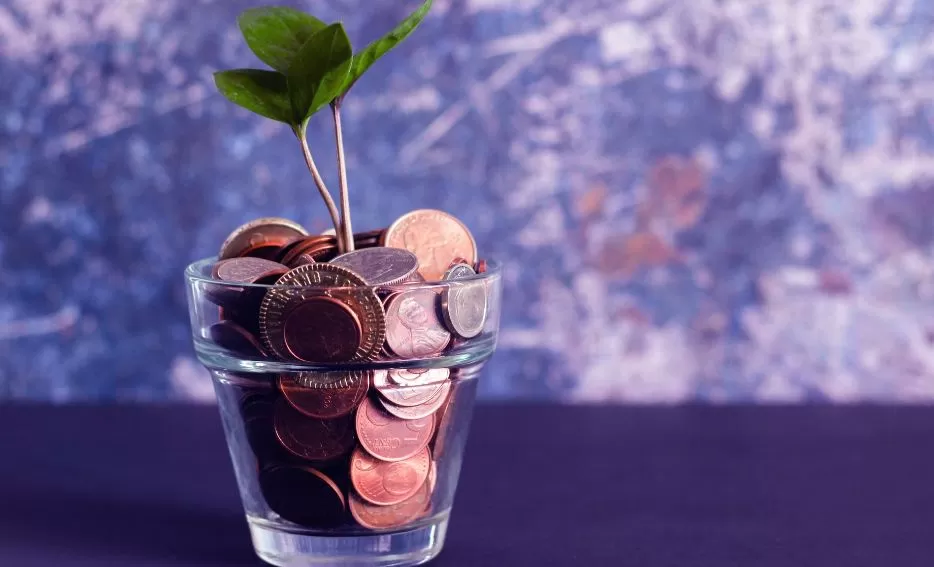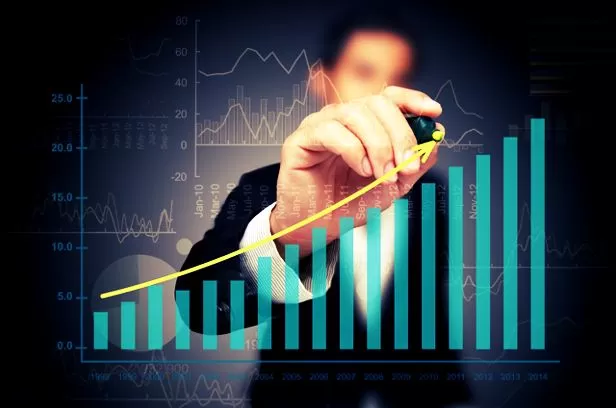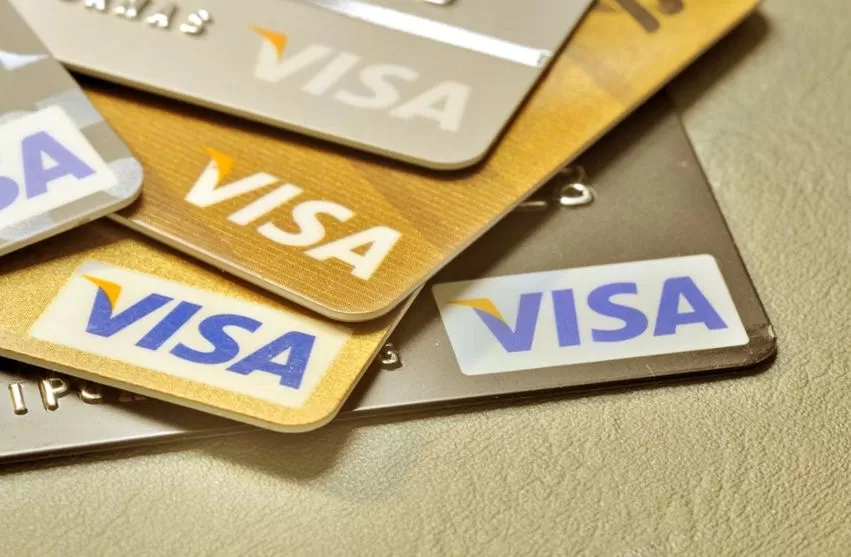Test: Choosing Between Credit Cards and Personal Loans
If people always had enough money for their needs, the work of banks would probably be quite limited. But, as that’s not likely to happen now or ever, financial institutions have developed various tools to meet their clients’ long-term or short-term needs for money. Then, of course, they charge for these services and thus make money.
There are various reasons why people borrow money. Depending on that and how much money you need, you can use one of many methods, such as credit cards, different types of loans, mortgages, etc. It can’t be said that some services are more represented than others because they usually have different purposes.
When comparing credit cards vs. personal loans, you must first know their differences. As seen on kredittkortinfo.no/, both are about borrowing money from banks or other financial institutions. First, you get a certain amount to solve your financial problems. Then you repay it at once (card balance) or during an agreed period (monthly installments).
Common to both financial tools is that you pay interest and fees on them. Also, they are both unsecured (although some loans come with a collateral requirement) and can be used for different purposes. Banks also have specific requirements for applicants to get credit cards or loans. Both have pros and cons, so it’s good to know some basic facts before deciding which financial tool suits you best.
What Are Credit Cards
Credit cards are a convenient and easy-to-use alternative to cash. Whenever you don’t have enough money, you can borrow a certain amount to buy necessary things or pay bills. While plastic money doesn’t offer the same benefits as a personal loan, it’s still a viable alternative. But you must be aware of its costs and fees.
Cards let you borrow money and make multiple purchases up to a specific limit. Banks set this limit based on many factors, such as your credit rating, payment history, ability to solve large debts, etc. This amount is often higher than your monthly income. Banks can sometimes be too ‘generous’ and give you a limit of twice your salary. That can be quite tempting. But that by no means means that you need to reach it every month.
How to Repay Balance
Each month, you should pay off the card balance. Or at least make minimum repayments to avoid getting into debt. If you decide to carry on the balance, you will avoid penalties, but you’ll still pay high interest on the remaining debt. So it’s always best to spend as much as you can repay on the due date.
Plastic money gives you many options for affording certain things. However, its main drawback is that you can easily get carried away and get into big debt. Some people neglect the spending limit they don’t have to reach. And if they do, it can be a big challenge to pay off so much debt next month.
Experts suggest that your CUR (credit utilization rating) should be no more than 30% of your limit. In simple words, you should spend a maximum of one-third of the spending limit and repay it regularly. You can learn how to use a credit card responsibly on this link.
What Are Personal Loans

Personal loans are unsecured loans that you can use for a variety of purposes. For example, you can use them to consolidate your debt, resulting in a lower interest rate and improved credit rating. Also, they are handy when you’re trying to cover the costs of unexpected payments or when you’re facing an emergency like medical expenses, surgery, and even high deductibles.
Unlike cards with predetermined spending limits, personal loans provide you with a fixed amount of money in a single payment. This amount is usually used for one-time spending, but you can use it in any manner you want. In any case, you repay the lent amount in installments over an agreed period.
Personal loans are available from most financial institutions, and they are not difficult to qualify for. They can be a good option if you have a good rating and can afford to make regular payments. The application process is relatively painless, and the money can be available on the same day.
Personal loans can come in secured varieties. They require collateral or possession, which is not the case with unsecured ones. Lenders usually suggest these loans when borrowers ask for a high amount of money or when they don’t have perfect credit ratings. It’s a kind of guarantee that borrowers will repay their debts.
Credit Card Interest Rates
When choosing between personal loans and credit cards, remember that the interest rate is the most important factor. Credit cards can be an option if you need a small amount of money quickly. These pieces of plastic give you the privilege of using the money you don’t have.
Banks charge for this service as an annual percentage rate – APR, ranging from 12 to 30%. These interest rates are usually higher than personal loan rates. The issuer company will multiply your balance by a daily interest rate. That’s what you owe to them at the end of a month.
While card issuers can charge interest differently, many offer zero percent introductory rates for 12 to 18 months. These rates may be valuable as they allow you to pay off the balance before the promotional period ends. However, balance transfer cards also charge a balance transfer fee, usually about two to three percent of the amount transferred.
Cards are also convenient and can offer rewards points, discounts, cash back, or other perks, depending on the issuer. However, they can also be an enormous burden. They can also be difficult to pay off if you carry a balance for long periods. For this reason, you should use this financial tool only when it’s necessary, such as for emergencies.
So, if you have a poor rating and not-so-great spending habits, using plastic money will charge you high rates and fees. And if you make only minimum payments, it will take you years to pay off your credit card balance. Besides, you can pay thousands of dollars in interest only.
Personal Loan Interest Rates
A personal loan has several advantages over plastic money. First, it’s the amount you can borrow, which can be several times higher than any card limit. This feature makes loans a better choice if you’re looking to pay off your debts over several years.
Then, this method of borrowing money usually comes with a lower interest rate, which can be variable or fixed. These rates can be as low as 3 or 4 percent and go up to 30%. It’s good to know that this rate will largely depend on your credit rating. If it’s outstanding, you can negotiate quite favorable loan terms.
Personal loans offer a predictable monthly payment schedule. That can be a huge benefit to people with bad or average credit. They find it easier to budget their money with predictable payments. Also, because they make regular payments each month, they know exactly how much money they still have to pay back until an entire loan repayment.
When to Get a Credit Card
Plastic money offers convenience, and you can get it easily. It can help with daily expenses that fit into CUR of 30% and can be easily paid off later. So this tool may be convenient for small purchases, but carrying a balance from month to month can lead to significant interest charges.
The application process is less complicated than a personal loan. Also, many of these cards offer 0% introductory rates that last anywhere from six to twelve months. These rates can be beneficial if you need cash to meet your needs. And if you don’t overspend during this period, you won’t have to pay any interest.
When to Get a Personal Loan
While credit cards are great for emergencies, they aren’t suitable for most other needs. So you should consider personal loans for large purchases, big projects, or when you need money quickly. Personal loans also come with set payoff periods. Credit cards don’t offer this option.
How to Apply for These Financial Tools
Credit cards and personal loans are two very different types of financial products. When deciding between a credit card and a personal loan, consider the amount you need and whether you can afford to make the payments on time.
While the obtaining requirements are usually the same, banks offer different options for consumers with different credit ratings. But unless your rating is stellar, it’s unlikely you’ll qualify for low interests on any of these.
Visit the following source, find out how to improve your credit rating and apply for more favorable loan terms:
Also, it can be difficult to obtain a loan with no credit history. People with poor ratings may want to stick to credit cards with an average limit and balance they can pay off. That can help them stay solvent and even improve their credit rating. Conversely, people with fair to good ratings may be better off using a personal loan.
Many lenders have online applications where you can get a preapproval and thus speed up the procedure. It usually includes a light review of your credit score. You can do that at several lenders to compare their offers without hard inquiries.
When comparing personal loans to credit cards, consider the benefits and drawbacks of each. The decision to use one or the other should be based on your situation and spending habits. And when used responsibly, both credit cards and personal loans can be helpful to your credit rating.










